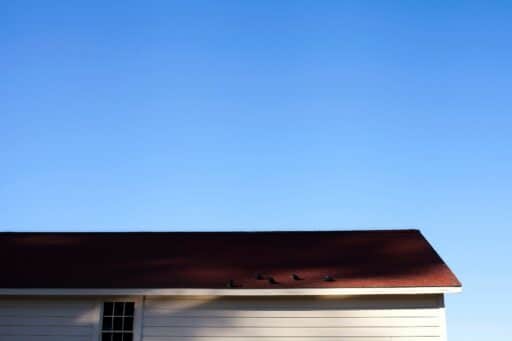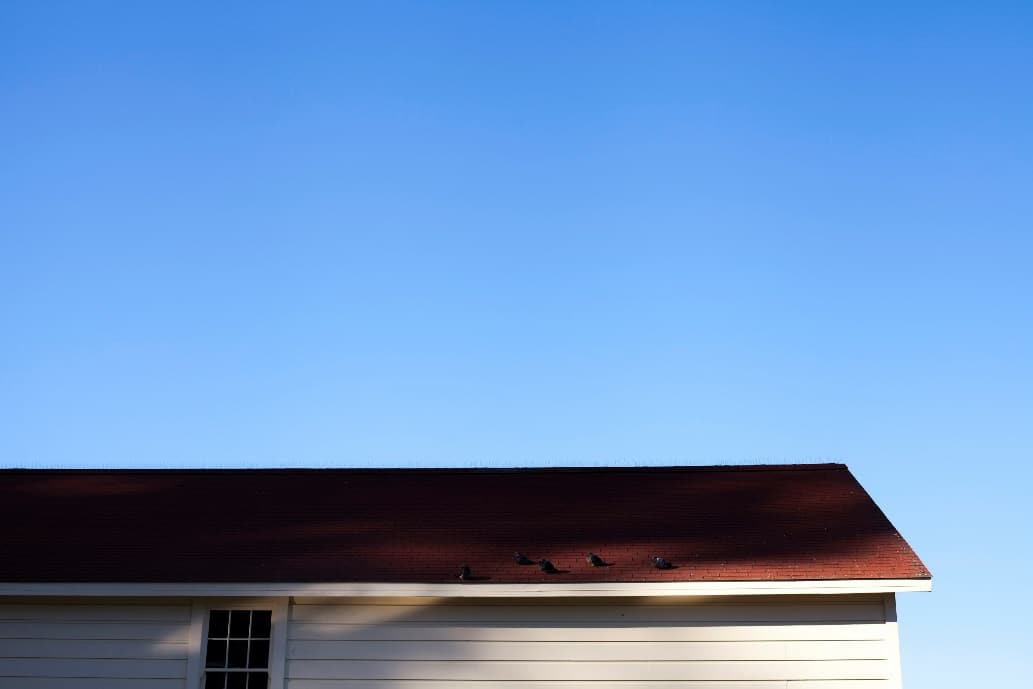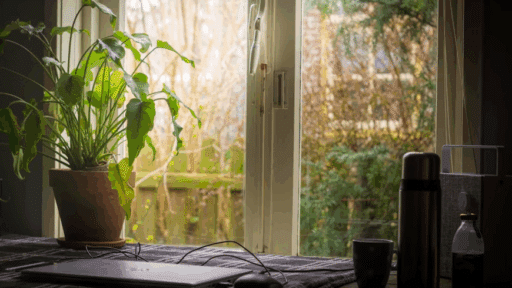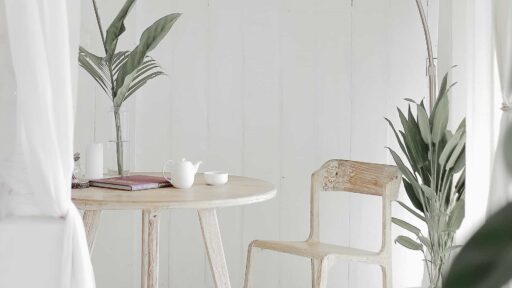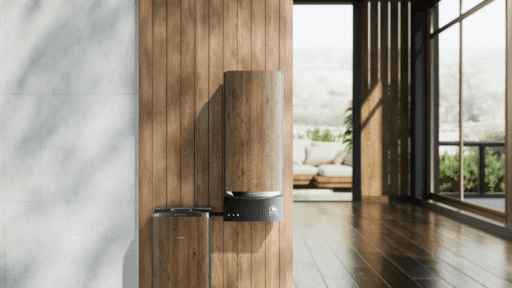Modern home design has evolved into a delicate art that seamlessly blends beauty with practicality. Homeowners today seek spaces that not only look appealing but also cater to the rhythms of daily life.
From open layouts and natural lighting to sustainable materials and smart technologies, the modern home reflects a balance between visual charm and functional efficiency. Every element, from the structure to the smallest decor detail, plays a role in ensuring that comfort and style coexist harmoniously.
In Brentwood, California, this balance has become especially evident as homeowners increasingly prioritize both architectural sophistication and everyday usability. Whether renovating a single room or redesigning an entire property, the core challenge lies in creating a home that is as livable as it is beautiful.
The Roof: Where Design Meets Durability
A home’s roof is one of its most defining features, setting the tone for the entire architectural style while protecting everything beneath it. In modern home design, the roof is no longer viewed merely as a practical necessity but as an integral aesthetic element that enhances the home’s overall character and harmony.
When planning a roof replacement in Brentwood, homeowners often aim to achieve both lasting performance and visual coherence, as the area is prone to seasonal weather fluctuations that include intense sun exposure and occasional heavy rainfall. These changing conditions make it essential to choose roofing materials and designs that combine resilience with beauty.
The choice of material, color, and shape can dramatically influence a home’s personality. Flat roofs emphasize clean, modern lines and suit minimalist designs, while pitched roofs offer classic appeal and promote efficient drainage. Beyond appearance, insulation, ventilation, and energy efficiency are crucial to ensuring year-round comfort and durability.
Open Layouts that Encourage Flow
Open-concept living has become synonymous with modern design, emphasizing space, light, and connectivity. The removal of unnecessary walls allows natural light to flow freely, creating an atmosphere of openness and warmth. Such layouts are not only visually appealing but also highly functional, enabling easier movement and fostering social interaction among family members.
However, designing open spaces requires careful planning to avoid clutter and noise. Subtle zoning through furniture placement, flooring variations, or lighting can create distinct yet cohesive areas.
Natural Light and Material Harmony
Light plays a transformative role in shaping modern interiors. Large windows, skylights, and glass walls invite sunlight, making spaces feel more expansive and uplifting. Beyond aesthetics, natural light enhances well-being and reduces the need for artificial illumination.
Complementing this, the choice of materials contributes significantly to the sensory and emotional experience of a home. Natural elements such as wood, stone, and clay bring warmth and texture, connecting indoor spaces with the natural environment. The interplay between light and material texture can completely redefine the atmosphere, creating depth and subtle visual interest.
Smart Storage and Minimalist Elegance
One of the hallmarks of modern design is simplicity. Clean lines and uncluttered spaces define a sense of order and calm. Yet, beneath this apparent simplicity lies a well-thought-out system of storage solutions designed to maintain functionality without disrupting the aesthetic flow.
Built-in cabinets, hidden compartments, and multi-purpose furniture help maximize space while keeping everyday items out of sight. The goal is to ensure that beauty and practicality coexist seamlessly.
Well-planned storage contributes to a sense of spaciousness, allowing design elements such as texture, color, and form to take center stage without distraction.
Sustainability as a Design Principle
Modern homeowners are increasingly conscious of their environmental impact, and sustainability has become a guiding force in contemporary design. Eco-friendly materials, energy-efficient appliances, and renewable resources are now integral to home construction and renovation.
Functionality and aesthetics merge beautifully when sustainability is embraced. Reclaimed wood, bamboo, recycled metal, and natural fabrics not only reduce waste but also introduce unique textures and character to interiors. Moreover, green design enhances long-term functionality by reducing energy consumption and maintenance needs.
The Role of Color and Texture
Color selection is one of the most powerful tools in home design. It can define mood, influence perception of space, and create visual unity. Modern homes often feature neutral palettes—soft whites, grays, and earth tones—that serve as calming backdrops for bold accents or natural materials.
Texture adds another layer of depth and personality. The interplay of smooth surfaces with rough textures or matte finishes with glossy accents brings tactile interest and sophistication. Thoughtful combinations of color and texture create harmony, ensuring that visual appeal never overshadows comfort and usability.
Indoor and Outdoor Connection
Modern design celebrates the seamless transition between indoor and outdoor spaces. Large sliding doors, covered patios, and continuous flooring materials create a sense of unity with nature. Outdoor areas such as gardens, terraces, or courtyards become natural extensions of living spaces, promoting relaxation and recreation.
Functionally, this connection enhances ventilation and natural lighting. Aesthetic continuity is achieved through consistent use of colors, materials, and design motifs across both environments.
Furniture and Flow
Furniture placement plays a vital role in ensuring that a home feels both inviting and efficient. In modern interiors, every piece is chosen with purpose. Sleek designs, ergonomic forms, and quality craftsmanship define contemporary furniture. Pieces that serve multiple functions, such as extendable tables or modular sofas, provide flexibility for evolving needs without sacrificing elegance.
Maintaining proper circulation within rooms is equally important. Furniture should complement the natural flow of movement, not obstruct it. The relationship between scale and proportion ensures that spaces remain balanced—neither cramped nor overwhelming.
Crafting Spaces that Endure
Ultimately, balancing aesthetics and functionality in modern home design is about timelessness. Trends may shift, but a well-designed home remains relevant and comfortable for years to come. Achieving this requires understanding the relationship between human behavior and spatial design.
Every design decision, from the roofline to the choice of furniture, contributes to an environment that nurtures both practicality and beauty. The ideal modern home is not just a showcase of style but a space that adapts gracefully to the rhythms of daily life. It reflects the homeowner’s personality while providing the efficiency and comfort required for contemporary living.

